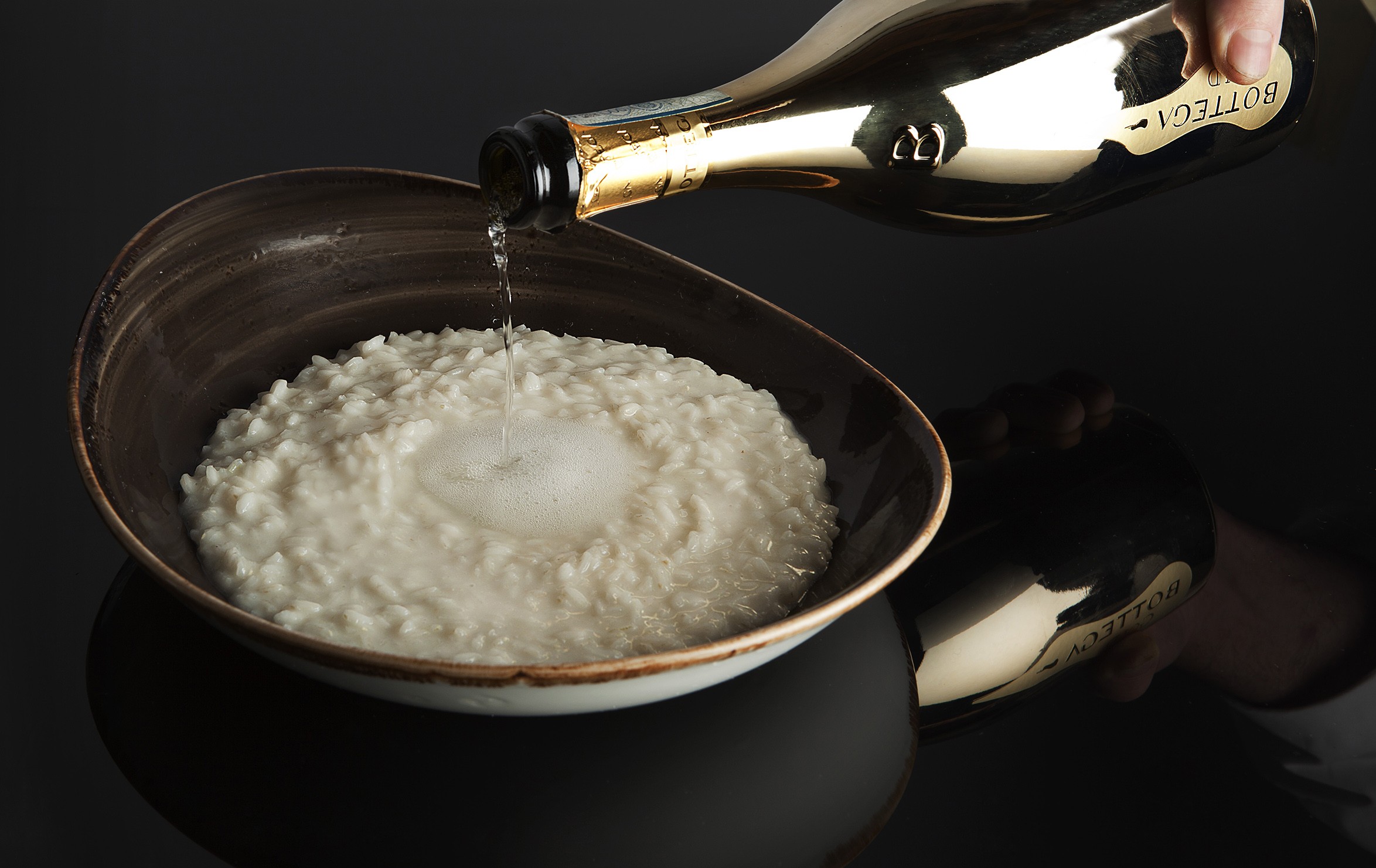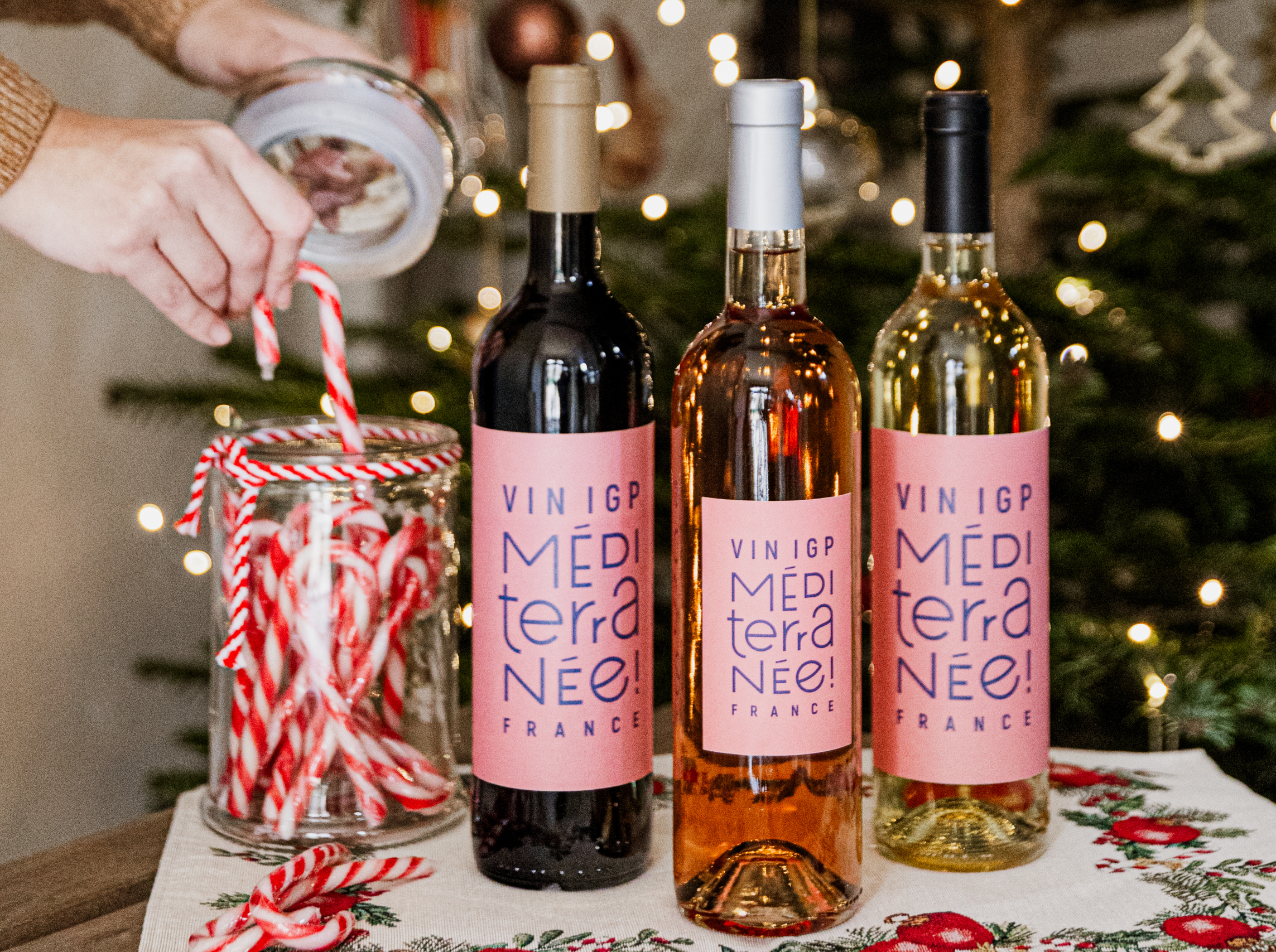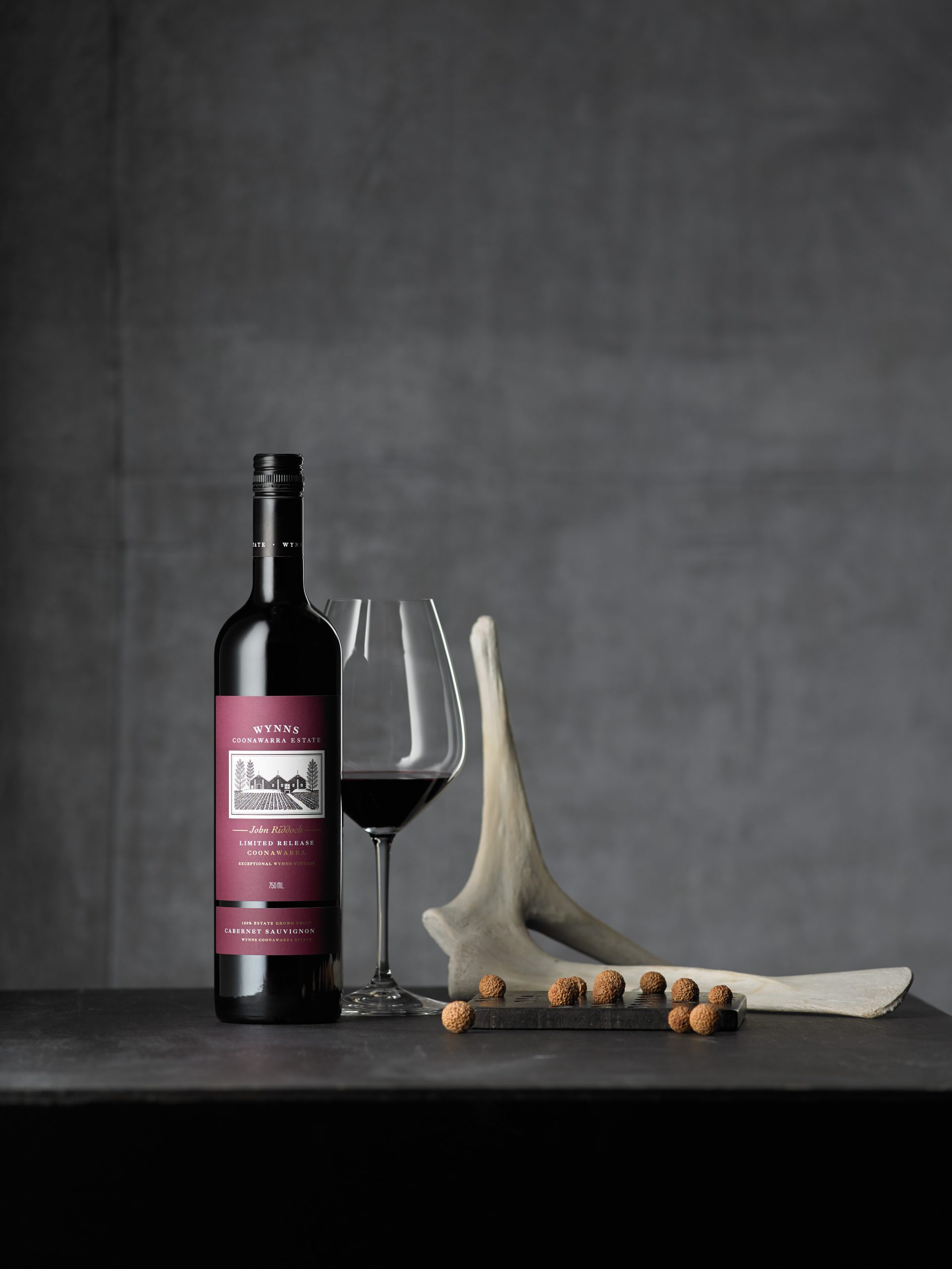Trouble Brewing
“standfirst”>The beer category is hardly awash with new product development and innovation. Perhaps it needs to make itself interesting again to shake off its current malaise, says Robyn Lewis
Do you remember the advent of the widget? Do you remember the launch of ice beer? What about dry beer?
Okay, now try and think of a recent innovation in the beer category that has caused as much of a rumpus in the marketplace. Not so easy is it? Because the golden age of innovation in the beer category seems to have disappeared with all our fears that the year 2000 would bring a technological meltdown and the end of the civilised world.
That’s not to say there’s been no movement in the beer category at all, of course. New products like Michelob Ultra have joined us and exciting developments such as the Foster’s Head Injection Tap system have been spotted in the on-trade – but overall the Noughties have been rather disappointing in terms of new arrivals for beer fans.
On its own, this state of affairs might mean very little but in a category under pressure from the rising popularity of wine and vodka, not to mention its unfortunate connection with a binge drinking culture of lager louts and ladettes, a lack of NPD and innovation starts to look like a recipe for long-term, slow, inexorable decline.
Indeed, we merely have to look at the stats and we can see a category in a precarious position. The 2005 Interbrew market report (using ACNielsen on-trade to year-end January 2005 and take-home to year-end April 16 2005) puts the total beer market at up just 1% in value but down 1% in volume overall. Standard lager posted the best set of results with a 4% rise in value and 3% rise in volume, while stout also had a good year, showing a 3% rise in value and static volume. Losses were posted by all other categories, namely premium lager, standard ale, premium ale and super-strength lager, which showed the biggest loss, down 5% by volume and value.
In the on-trade sector the overall market for beer was up 1% in value but down 3% in volume, while take-home showed the same value increase but in contrast was up 3% by volume. There’s not too much to shout about is there?
Even those forecasting the future of the category don’t see much to challenge the status quo over the next four years as the Euromonitor, Alcoholic Drinks in the UK report 2005, shows. The report predicts that the move from ale to lager will continue with lager growing 6% by volume in the period 2004 to 2009, primarily grown by the big brands of Stella Artois, Kronenbourg 1664 and Budweiser at the premium end of the market and Foster’s, Carling and Carlsberg in standard lagers. The sales shift to the off-trade is also set to continue, according to the report, with 41% of beer sales by volume moving through this channel by 2009, not much new there then.
A point that the Interbrew report picks up on, is the need for beer to create a much wider audience for itself if any of this is to change. Beer needs to be more relevant for a range of occasions, needs to be introduced to more retail outlets and needs to be made more accessible to consumers’ daily lives, it states. However, the aforementioned lack of innovation is failing to address this. Perhaps it is because of the period of restructuring that the industry has undergone in recent years or (more likely) it is the increasing dominance of the big brands and consumer reliance on deep-cut price promotions that has kept the market all but impenetrable to start-up brands and smaller brewers.
Partner Content
“I would estimate that to successfully launch a new beer brand in the UK would cost between £1.5m and £2m and that’s just for entry level,” claims Neville Hall, sales and marketing director for Budweiser Budvar UK, one of the most successful niche brands in the marketplace. “Also, you have to remember that the people who are going to list your brand cannot afford to be risk takers. They tend to prefer to know – and who can blame them? – that they can sell what they buy. For a struggling new brand this is a particularly difficult problem at a time when consumer spending is doing a nosedive in almost every area.”
A special something
There are, however, success stories, of course, of which Budweiser Budvar itself is one. “Every brand that has any chance at all to compete has got to have a special something or other about it, and it is a question of finding that and pushing it,” explains Hall. “Take Budvar, for example. We can’t afford millions of pounds’ worth of marketing hype, here or in any of the other 60 countries to which the brewery exports, but what we do have is a super word-of-mouth marketing campaign. Now, to be able to do that successfully, you need to be a generator of on-going information that enables the individuals purveying it to gain credibility as opinion formers among their peers. We do this with things like the never-ending saga of the trademark dispute and our new PGI status (Protected Geographical Location, ensuring the beer can only be brewed at source at Budweis). We have in effect implanted a mythology among drinkers that gives us an unusual share of mouth for a brand of our size. There’s nothing sinister about this, we are just allowing the integrity and quality of the brand to speak for itself.” This might sound like an awful lot of marketing speak but Budweiser Budvar’s growing distribution and popularity shows it is a successful approach and it is a strategy that other small niche brands are looking to follow.
Take Cains, for instance. The 118-yearold Robert Cains Brewery in Liverpool has recently seen a revival in the hands of brothers Ajmail and Sudarghara Dusanj, who, from a brewery that was posting a loss of £2m per year, have managed not only to turn the business around but also build the foundations of a fledgling beer brand. “We can’t imagine the sums that some of the big brands spend so we have to think of other things. We try and concentrate on the two things we have in our favour, namely quality and heritage,” says Adjmail. “In terms of the former we find that using quality ingredients and talking about that and proving it to consumers is important. In terms of heritage we have made a great deal of noise about the Liverpool connection and it is an important element to the brand. I mean, Liverpool is a global commodity, everyone knows about it through The Beatles and through football as well and in a marketplace that increasingly wants to know the roots of a product that’s an asset.”
Cobra vision
One of the most talked about triumphs in the beer market, however, is Cobra Beer, famously started by Karen Bilimoria who, when he was £20,000 in debt, had an idea for a less gaseous lager that went well with Indian food. He attributes his success to a lot of hard work, of course, but also a belief in the power of marketing. “I’ve valued every bit of marketing that we’ve used and believe passionately in integrated marketing and that stems right from the beginning of Cobra. My first marketing venture was a flimsy, twocolour, cardboard table card – I couldn’t even afford full colour – but it worked fabulously well. It told the story of why Cobra beer is extra smooth, less gassy, why it would accompany Indian food, is a really drinkable lager, and I was able to communicate all that through this little table card.
“I still believe now that everything we do should be different in some way, should be better in some way and ideally should change the market in some way, and we’ve done that all along – with the product in the first place, then with the packaging and even now with our new film sponsorship, Cobra Vision. The underlying principle is that you always, always have to punch above your weight and that means going the extra mile; being more innovative, more creative and just making the most of everything.”
And while we all know that isn’t as easy as he makes it sound, if the last big news in the beer category isn’t to be the widget then a lot more of us are going to have to start thinking along the same lines.




